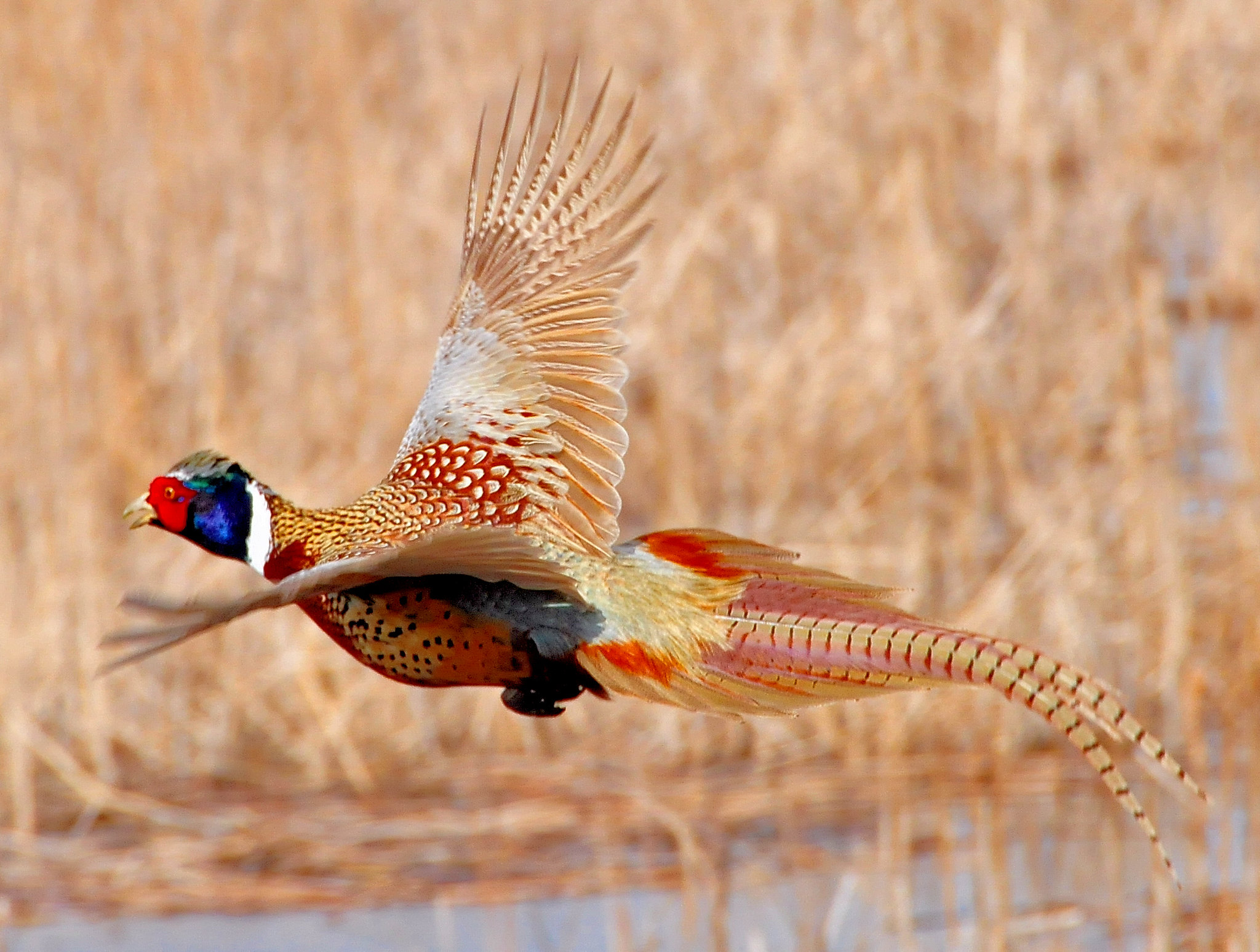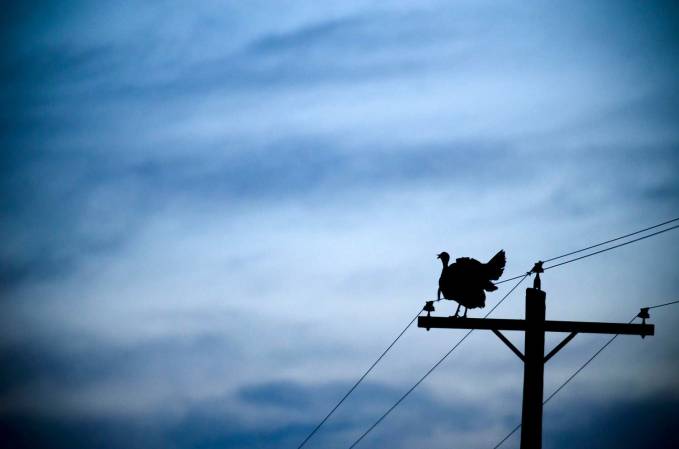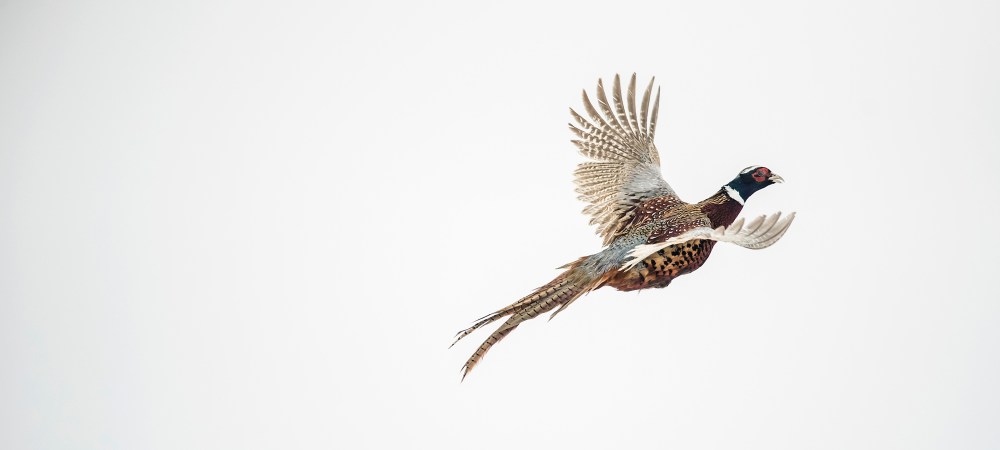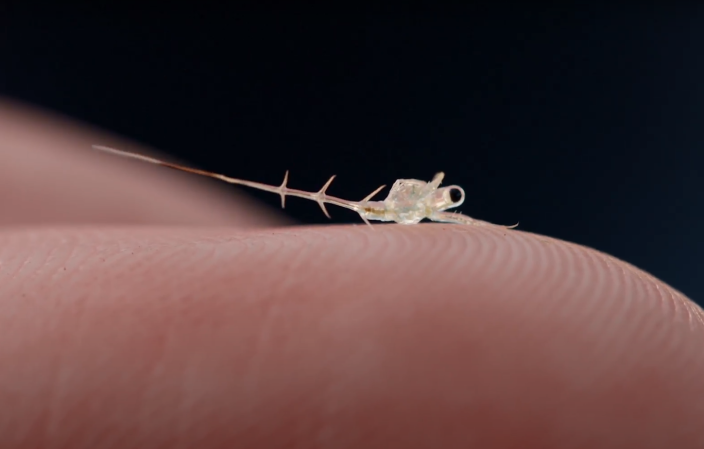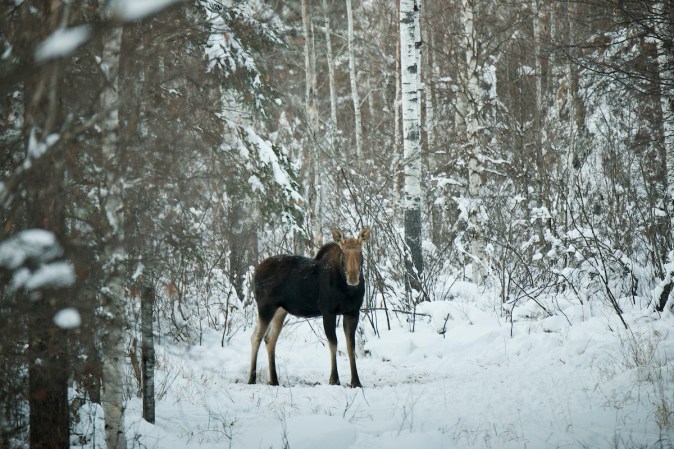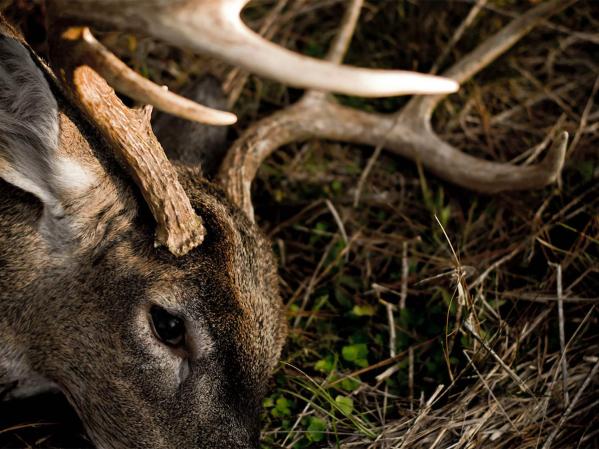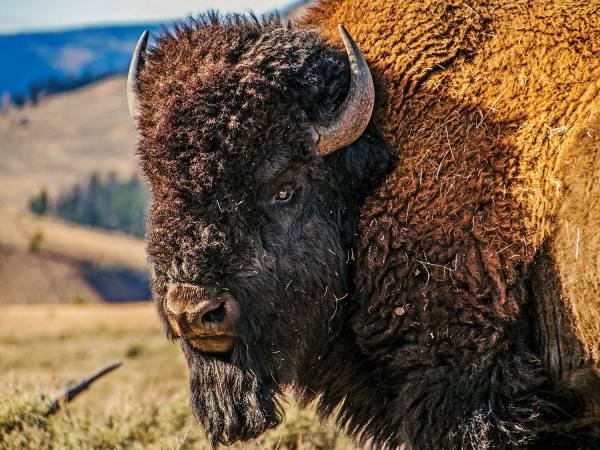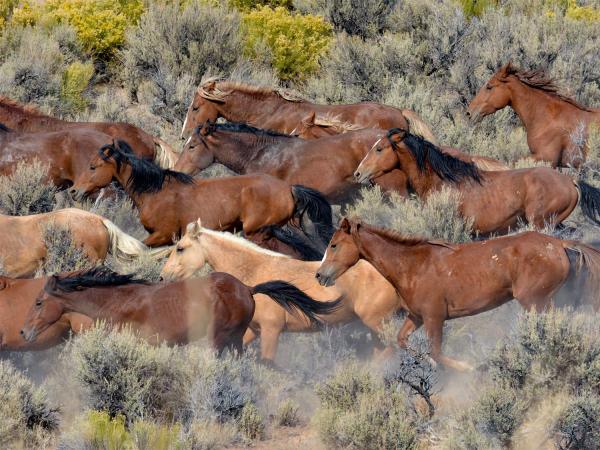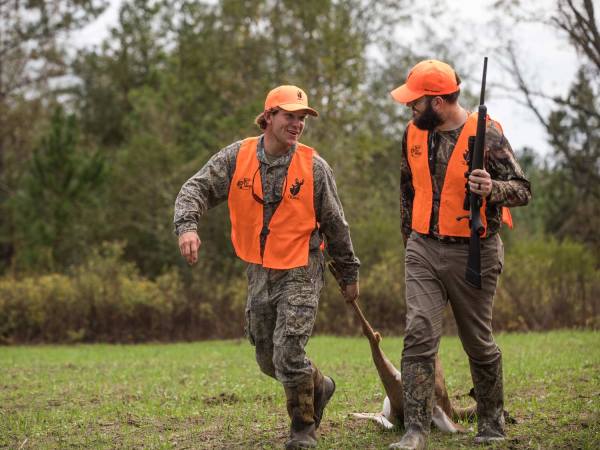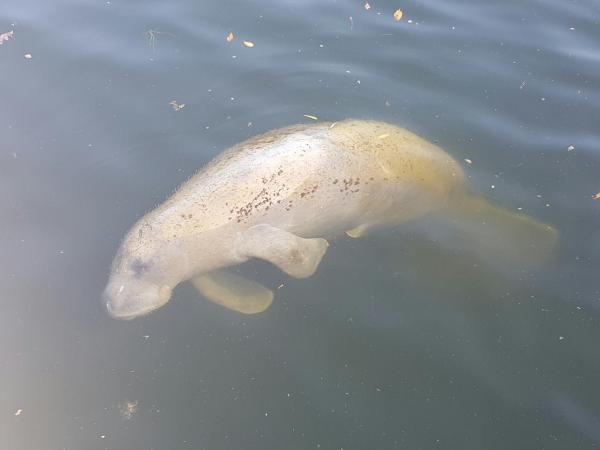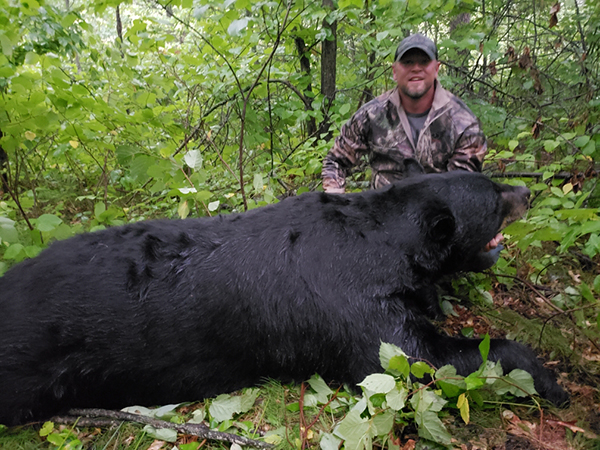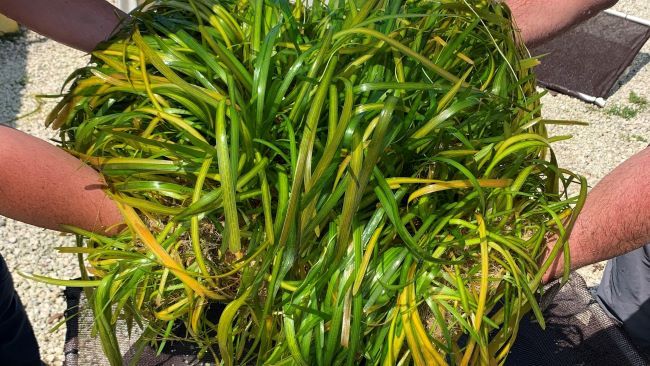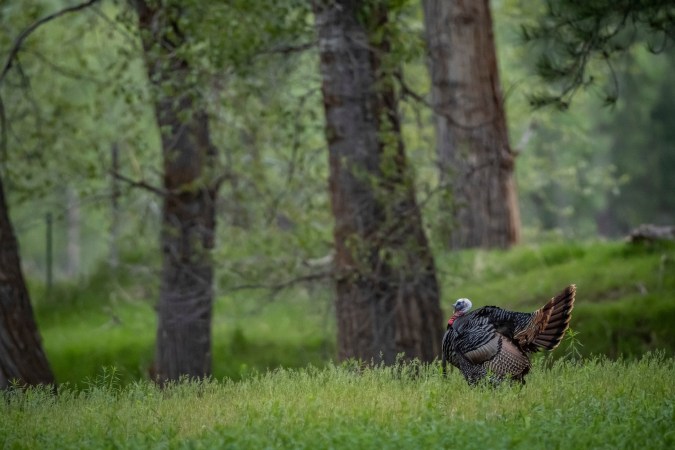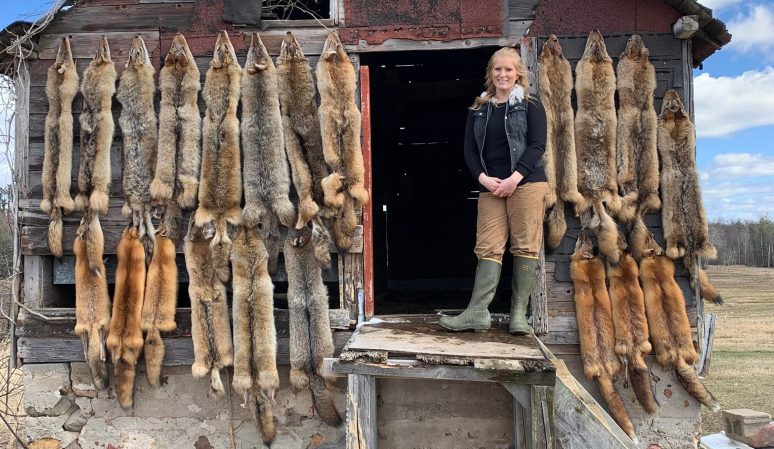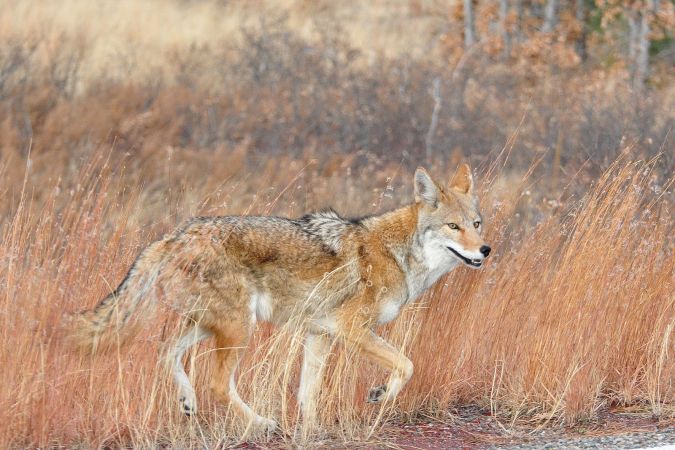Montana Fish Wildlife and Parks is moving forward with a controversial program to stock pen-raised pheasants on state-owned lands in an effort to recruit more hunters. FWP is now seeking final approval from the Fish and Wildlife Commission to fund the program through 2026, and the department hopes to get birds on the ground before the youth hunting season starts in September.
Although the program has received significant pushback from hunters and sportsmen’s groups in the state, stocking could begin as early as next month, according to the Lewistown News-Argus.
Outdoor Life reported on the inception of the state’s pheasant-planting program last June. Since then, FWP has doubled down on its position that the initiative will help with hunter recruitment and retention efforts by giving youth hunters more birds to shoot. The department has also contended that the release of farm-raised birds can serve to boost wild bird populations in the state.
FWP wrapped up its environmental assessment last month, and after taking further public comment, it recommended that the stocking program move forward.
Read Next: Montana Proposes Pen-Raised Pheasants as a Hunter Recruitment Tool
However, the Times-Argus reported earlier this week that of the 218 comments that FWP received between April 20 and May 19, four out of five opposed the stocking program. This reinforces one of the fears that some conservation groups have already voiced regarding the state’s decision-making process.
“Montana BHA fears that the decision making for this proposal has already occurred, and that FWP is conducting a farcical effort to engage hunters before ultimately ignoring our comments,” Vice Chair of the Montana Chapter of Backcountry Hunters and Anglers Thomas Baumeister wrote in a letter to the department in February.
Baumeister also pointed to the other major concerns that Montana sportsmen have with the pheasant stocking program. For starters, opponents of the stocking program contend that while giving youth hunters the opportunity to shoot farm-raised birds might increase their level of success, it wouldn’t provide them with an authentic hunting experience.
“Presenting a fabricated put-and-take opportunity teaches to kill, rather than to hunt,” Baumeister explained in the letter.
Opponents have also refuted FWP’s argument that the program could help jump-start wild bird numbers in the state. Pointing to various studies that show the low survival and production rates of pen-raised birds in the wild, they contend that stocking farm-raised pheasants is not a viable strategy for boosting wild populations.
Because of these factors, they say the $1 million that the state plans to spend on raising and releasing pen-raised roosters amounts to a gross misuse of public funding. As Andrew McKean pointed out last year, the department’s goal is to release up to 50,000 captive pheasants annually, which comes out to $20 per bird.
Opponents have argued repeatedly that the $1 million would be better spent on habitat improvement projects that benefit wild birds, or on any number of recruitment and retention strategies that prioritize fair-chase hunting.
“At best, this stocking proposal will see poor retention for new hunters while proving to be a waste of dollars better spent on meaningful change and habitat improvements,” Baumeister said.

